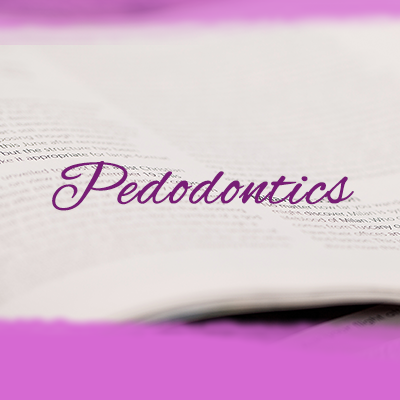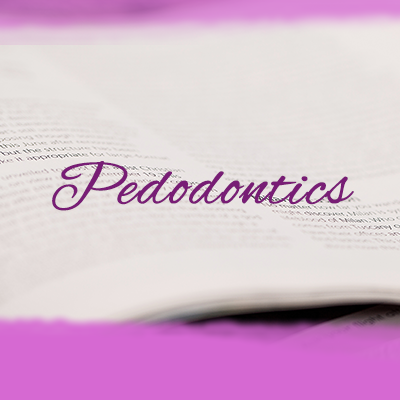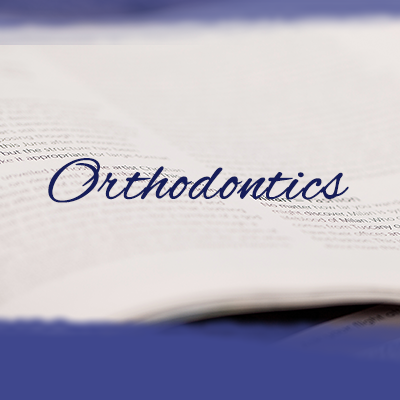Progressive Surgical Management of Hemifacial Myohyperplasia for Improved Functional and Aesthetic Results
Hemifacial myohyperplasia (HMH) is a rare congenital disorder characterized by the unilateral enlargement of facial muscles and unilateral hypoplasia of the skeletal structures.
The causes, risk of recurrence in subsequent offspring, and pathogenesis of HMH remain unclear, and the condition can involve a number of features. Among them are pronounced facial asymmetry and changes to both hard and soft tissue structures, as well as facial hemiparesis.
We describe the long-term surgical management of HMH in a 3-year-old girl who presented to our department with no other systemic manifestation.
We describe the treatment options as well as our approach, which included the use of botulinum toxin injections, and our considerations when choosing to employ careful preservation of the facial nerve and facial mimetic muscles (rather than facial paralysis and facial reanimation) in 2 stages using muscle and nerve grafts.
We found that sequential debulking procedures undertaken at significant intervals have offered our patient improved aesthetic and functional results in comparison with the use of nonsurgical techniques, comparable to the more complex grafting technique used in facial reanimation surgery.
Due, in part, to the rarity of HMH, there is currently no consensus regarding the optimal treatment approach to the condition. Our use of serial debulking rather than the more complex and problematic microsurgical approach of facial reanimation surgery offers a feasible surgical solution with both aesthetic and functional improvement for these patients.





